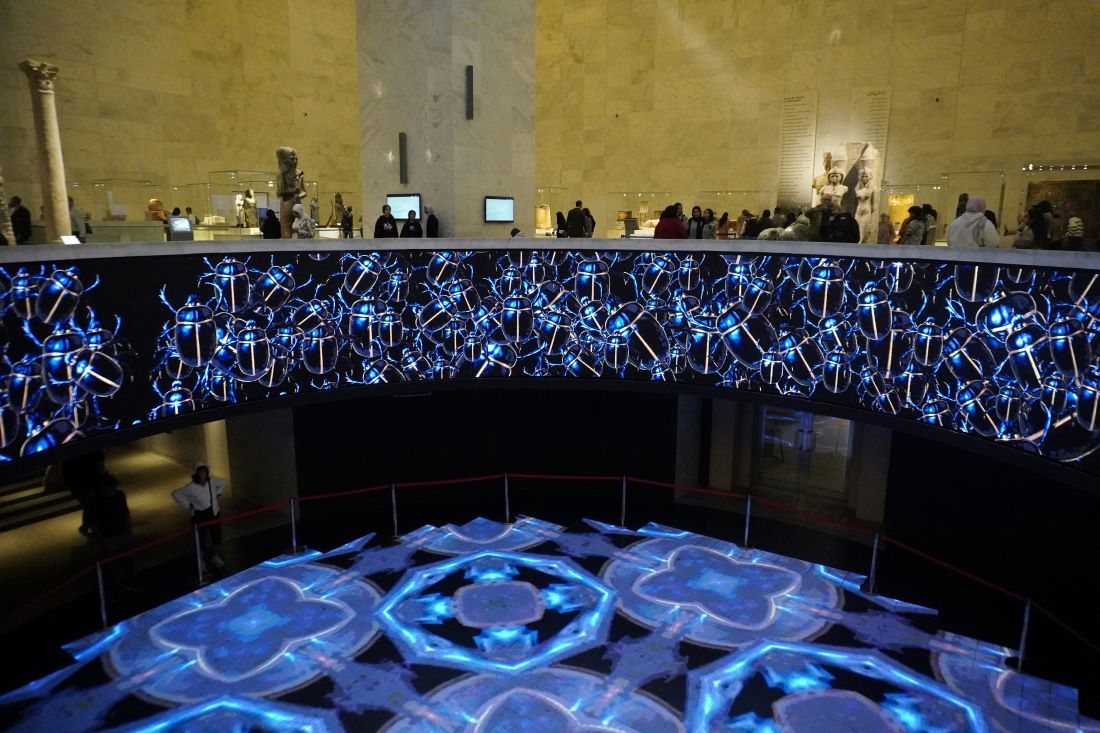Say Goodbye to Window Blockage Transparent LED Displays Preserve Nat
In modern architecture, transparency and openness are more than trends!they are design principles. Architects prioritize natural light to improve energy efficiency, mental well-being, and aesthetics. However, businesses also need large visual surfaces to convey advertising messages. This creates a conflict: how can buildings display digital content without blocking windows?So, I believe durable LED display panel solutions In the future, it will be promising to create a miracle belonging to the industry. https://www.xvisuallive.com/
The answer lies in transparent LED displays!a revolutionary display solution that delivers both visual communication and daylight preservation. These advanced panels allow light to pass through while maintaining bright, dynamic content playback. As a result, they offer a seamless blend of function and aesthetics.
1. What Are Transparent LED Displays?
Transparent LED displays are digital signage solutions made with ultra-thin LED strips, spaced strategically to allow light penetration. Unlike traditional LED panels, which are solid and opaque, transparent models maintain high transparency rates!up to 90%.
These displays are often installed behind glass surfaces, such as building facades, mall windows, or showroom walls. Their thin, lightweight structure makes them ideal for high-visibility environments where design and openness matter.
More importantly, transparent LED displays offer high brightness, wide viewing angles, and sufficient resolution for indoor and semi-outdoor applications. They are quickly becoming essential tools for modern businesses that want to communicate without compromising architecture.
2. Why Traditional Screens Create Blockages
Traditional LED panels, while visually powerful, are bulky and opaque. Installing them over glass blocks sunlight, reduces visibility from inside, and alters the building¨s aesthetic. These consequences are especially problematic for:
Retail stores relying on natural light to showcase products
Office buildings seeking energy-efficient daylighting
Architectural spaces where transparency is critical
Due to their solid structure, traditional panels also add weight and require structural reinforcements, making them unsuitable for curtain walls or fragile glass facades.
This is where transparent LED displays offer an elegant solution!preserving design integrity while adding digital function.
3. How Transparent LED Screens Preserve Natural Light
Transparent screens work by placing LED strips on a clear substrate, leaving gaps between pixels. These gaps allow light to flow through. During operation, the human eye naturally focuses on the content displayed, while the gaps become virtually invisible.
This effect enables buildings to:
Retain outside visibility
Let in full-spectrum natural light
Eliminate claustrophobic interiors
Maintain architectural consistency
Thus, transparent LED displays provide both digital engagement and daylight retention.